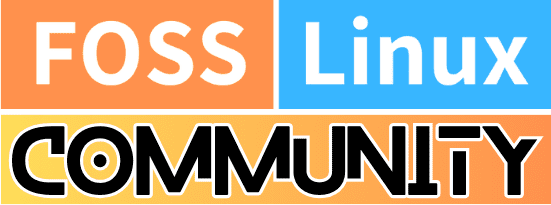Notifications
Clear all
Topic starter
10/03/2024 8:31 pm
Here are the commands dedicated to managing file and directory permissions.
| Command | Description |
|---|---|
ls -l |
List files and directories with detailed information, including permissions. |
chmod mode file |
Change the permissions of file to mode, which can be specified in symbolic (e.g., rwx) or numeric (e.g., 755) format. |
chmod -R mode directory |
Recursively change the permissions of directory and its contents to mode. |
chown user file |
Change the owner of file to user. Only the superuser can change the owner of a file. |
chown user:group file |
Change both the owner and the group of file to user and group, respectively. |
chown -R user:group directory |
Recursively change the owner and group of directory and its contents to user and group. |
chgrp group file |
Change the group ownership of file to group. |
chgrp -R group directory |
Recursively change the group ownership of directory and its contents to group. |
umask |
Display or set the file mode creation mask, which determines the default permissions for newly created files and directories. |
setfacl -m u:user:rwx file |
Set file access control lists (ACLs) to give user read, write, and execute permissions on file. |
getfacl file |
Display the access control lists (ACLs) of a file or directory. |
chmod +x file |
Add execute permission for the file owner, group, and others. |
chmod o-w file |
Remove write permission from others. |
chmod g+s directory |
Set the setgid bit on directory to make new files inherit the same group as the directory. |
chmod u+s file |
Set the setuid bit on file to make users execute the file with the file owner’s permissions. |
chmod 644 file |
Set read and write permissions for the owner, and read-only permissions for the group and others. |
chmod 755 file |
Set read, write, and execute permissions for the owner, and read and execute permissions for the group and others (common for executables and directories). |
chmod 700 file |
Set read, write, and execute permissions for the owner, and no permissions for the group and others (private file). |
